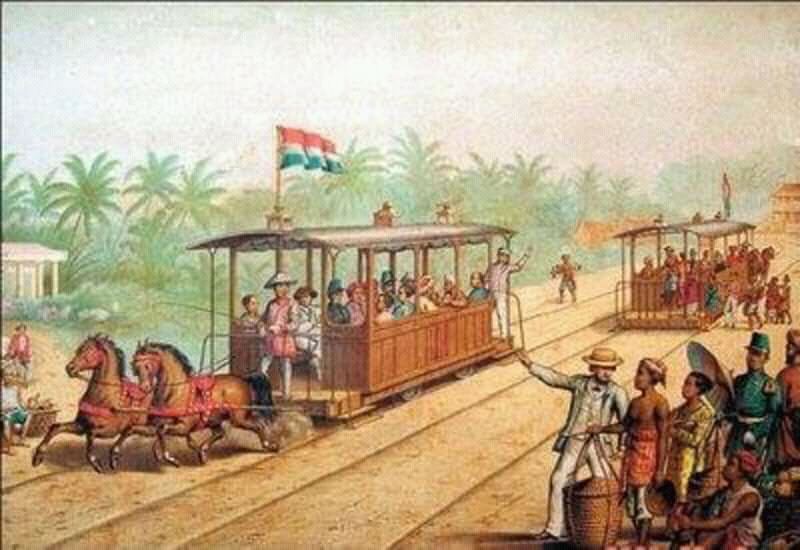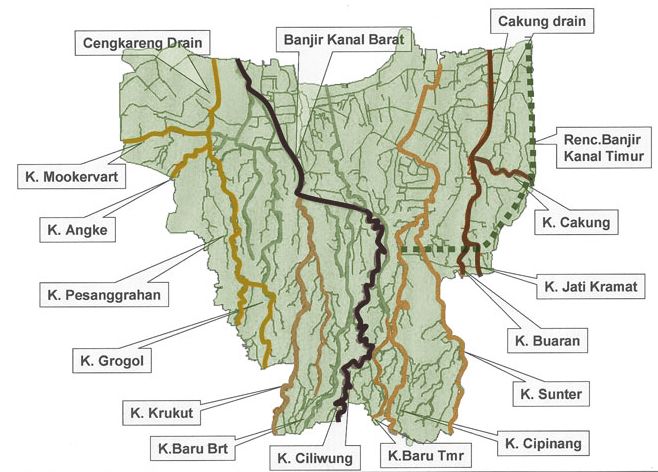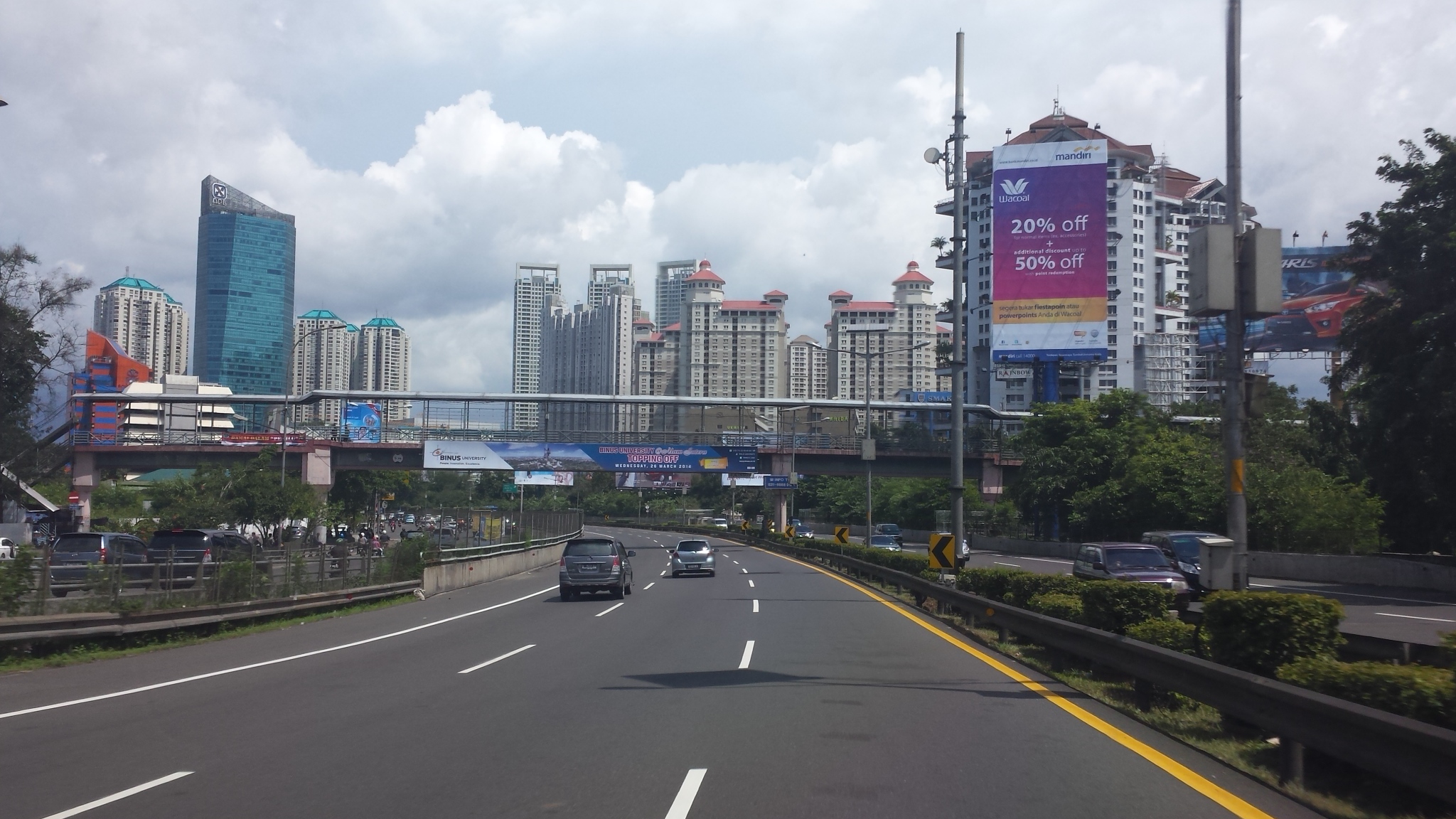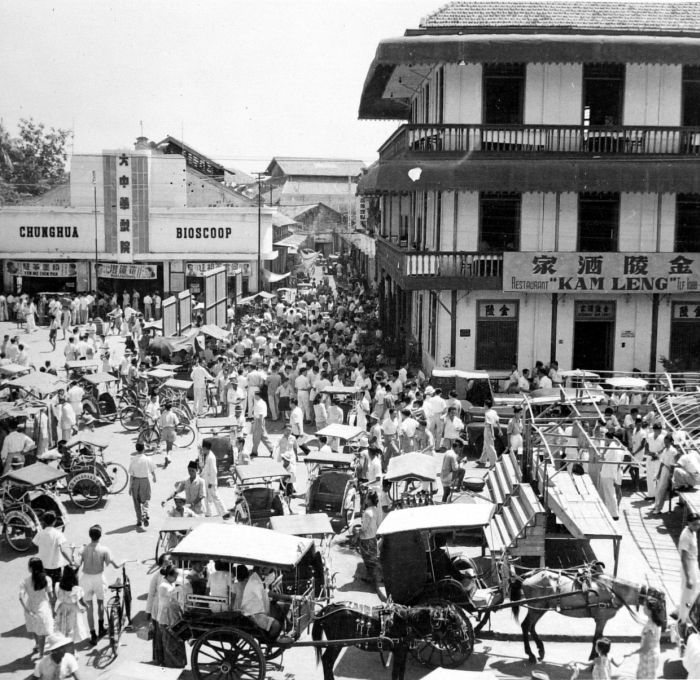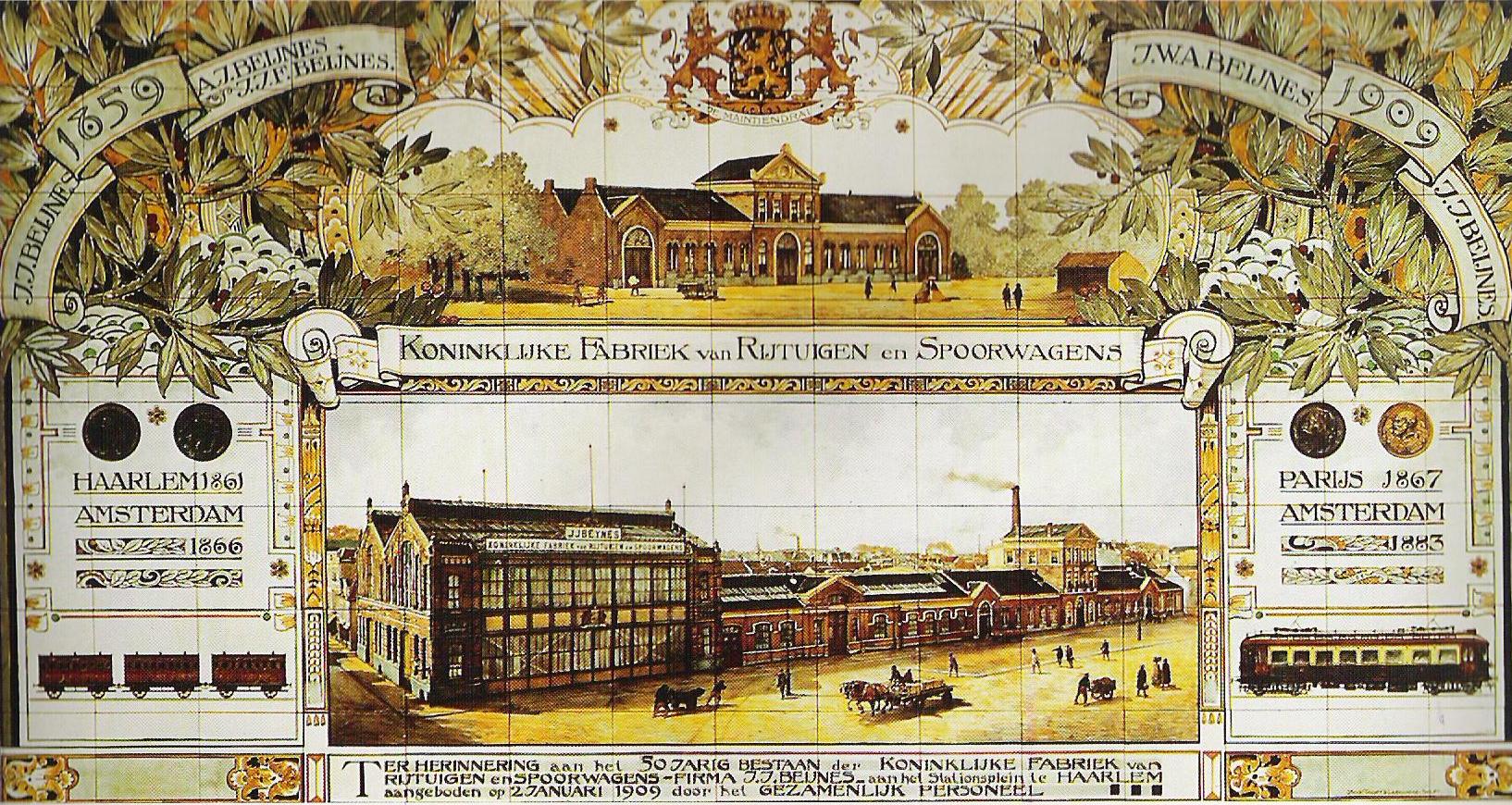|
Trams In Jakarta
The Jakarta tram system was a transport system in Jakarta, Indonesia. Its first-generation tram network first operated as a horse tram system, and was eventually converted to electric trams in the early twentieth century. History Dutch era The first horse tram in Batavia was operated by ''Bataviasche Tramweg Maatschappij'' (BTM, Batavia Tramways Company). The horse tram line was inaugurated on 20 April 1869, long before trams existed in the Netherlands- using a gauge width of 1,188 mm (3 ft 10 25⁄32 in), connecting Batavia Old Town with Weltevreden. At the time the tram, pulled by 3-4 horses, could accommodate up to 40 passengers. In April 1869 an estimated 1,500 passengers had been served by the system and in September 1869 it was increased to 7,000 passengers. As a result of horse trams operational problems experienced by the BTM, in 1880 the operation was handled temporarily by Firma Dummler & Co. Two years later, on 19 September 1881 ''Bataviasche Tramweg Maats ... [...More Info...] [...Related Items...] OR: [Wikipedia] [Google] [Baidu] |
Bank Mandiri Museum
Bank Mandiri Museum ( id, Museum Bank Mandiri) is the corporate museum of the namesake Bank Mandiri, located in the old banking district of Jakarta Old Town in northern Jakarta, Indonesia. The museum is housed in the former headquarters of the Netherlands Trading Society, one of the primary ancestor of ABN AMRO. The museum is closed on Mondays and public holidays. It is located next to Museum Bank Indonesia, and right in front of Jakarta Kota Station. History The building The building stands on a 10,039 square meters land. This land was previously owned by the firm Carl Schlieper, who built a large office building and a warehouse. In 1913, the land was purchased by the Factorij. At midnight of December 17, 1920, the Schlieper building caught fire. The damaged building was destroyed later to make way for a new building which will become the Netherlands Trading Society (''Nederlandsche Handel-Maatschappij'' or NHM), also known as "Factorij". The new building was designed by ... [...More Info...] [...Related Items...] OR: [Wikipedia] [Google] [Baidu] |
Ciliwung River
Ci Liwung (often written as Ciliwung; also as Tjiliwoeng in Dutch, Sundanese: ᮎᮤᮜᮤᮝᮥᮀ) is a 119 km long river in the northwestern region of Java where it flows through two provinces, West Java and the special region of Jakarta. The natural estuary of the Ciliwung river, known as the Kali Besar ("Big River"), was an important strategic point for trade in the precolonial and colonial periods and was instrumental in the founding of the port city of Jakarta, but has been lost from reorganization of the watercourse of the rivers around the area into canals. Etymology The etymology of ''Ciliwung'' is uncertain; the two least implausible assumptions are "the whirlpool" (compare Sundanese ''liwung'' "be distressed, upset") or "the meandering one" (compare Malay ''liuk'', ''liut'' "to twist"). It is possible that the name originated from one of the many epithets of the king of Pajajaran Sri Baduga Maharaja, among them is Prabu Haliwung, so named because of his tempe ... [...More Info...] [...Related Items...] OR: [Wikipedia] [Google] [Baidu] |
1869 Establishments In The Dutch East Indies
Events January–March * January 3 – Abdur Rahman Khan is defeated at Tinah Khan, and exiled from Afghanistan. * January 5 – Scotland's oldest professional football team, Kilmarnock F.C., is founded. * January 20 – Elizabeth Cady Stanton is the first woman to testify before the United States Congress. * January 21 – The P.E.O. Sisterhood, a philanthropic educational organization for women, is founded at Iowa Wesleyan College in Mount Pleasant, Iowa. * January 27 – The Republic of Ezo is proclaimed on the northern Japanese island of Ezo (which will be renamed Hokkaidō on September 20) by remaining adherents to the Tokugawa shogunate. * February 5 – Prospectors in Moliagul, Victoria, Australia, discover the largest alluvial gold nugget ever found, known as the " Welcome Stranger". * February 20 – Ranavalona II, the Merina Queen of Madagascar, is baptized. * February 25 – The Iron and Steel Institute is formed i ... [...More Info...] [...Related Items...] OR: [Wikipedia] [Google] [Baidu] |
Trams In Surabaya
There was a tram system in Surabaya, East Java, Indonesia from 1889 to 1978. The tramway was operated by a private company Oost-Java Stoomtram Maatschappij (OJS, "East Java Steam Tram Company"), and later by Kereta Api Indonesia (KAI), and was the only OJS-owned rail system survived in post-independence Indonesia. The tramway linked Ujung (Port of Tanjung Perak) with Wonokromo and continued towards Krian in Sidoarjo. All land assets of the tramway is currently owned by Operational Area VII Surabaya of the KAI. History As the initial capital of the company, the OJS started to build a steam-powered tram line in Surabaya in 1889. The first section, Ujung–Fort Prins Hendrik, was inaugurated in 10 December 1889. The line mostly runs along the banks of Mas River. In early 20th century, the OJS was interested in the Bataviasche Elektrische Tram Maatschappij (BETM) success in developing electric trams in Batavia. To prepare for electric tram installation, in 1911 the OJS expanded it ... [...More Info...] [...Related Items...] OR: [Wikipedia] [Google] [Baidu] |
Transport In Jakarta
As a metropolitan area of about 30 million people, Jakarta has a variety of transport systems. Jakarta was awarded 2021 global Sustainable Transport Award (STA) for integrated public transportation system. The city prioritized development of road networks, which were mostly designed to accommodate private vehicles. A notable feature of Jakarta's present road system is the toll road network. Composed of an inner and outer ring road and five toll roads radiating outwards, the network provides inner as well as outer city connections. An 'odd-even' policy limits road use to cars with either odd or even-numbered registration plates on a particular day as a transitional measure to alleviate traffic congestion until the future introduction of electronic road pricing. There are many bus terminals in the city, from where buses operate on numerous routes to connect neighborhoods within the city limit, to other areas of Greater Jakarta area and to cities across the island of Java. The bigge ... [...More Info...] [...Related Items...] OR: [Wikipedia] [Google] [Baidu] |
Glodok
Glodok () is an urban village of Taman Sari, West Jakarta, Indonesia. The area is also known as Pecinan or Chinatown since the Dutch colonial era, and is considered the biggest in Indonesia. Majority of the traders and residents of Glodok are Chinese descent. The area dates back to colonial times when in November 1740, Dutch East Indies Company designated Glodok as a residential area for ethnic Chinese. Administratively, the area is a ''kelurahan'' under the Taman Sari district, West Jakarta. Glodok is one of biggest trading centers for electronic goods in Jakarta. History Toponymy The word Glodok came from the Sundanese word " Golodog" ( Sundanese script: ᮌᮧᮜᮧᮓᮧᮌ᮪), meaning entrance to a house, as Sunda Kalapa (Jakarta) is the gateway to the ancient Sundanese Kingdom. It was also thought that the name came from the "grojok grojok" sound that water makes coming out of a waterspout in the yard of the Cityhall (Stadhuis), now the Jakarta Museum. A waterspout ... [...More Info...] [...Related Items...] OR: [Wikipedia] [Google] [Baidu] |
Amsterdam Gate, Jakarta
The Amsterdam Gate ( nl, Amsterdamse Poort) formed the entrance to the Castle Square ( nl, Kasteelplein) south of Batavia Castle. The gate existed from 1744 up to the 1950s in what is now known as Kota, Jakarta, where it would have stood near the intersection of Jalan Nelayan Timur and Jalan Cengkeh. History Amsterdam Poort was first built in the 17th century. During the rule of governor-general Gustaaf Willen Baron van Imhoff between 1743 and 1750, the castle of Batavia was expanded. Among the involved works was the demolition of the fort's original southeast wall. A new southeast wall was built further south along the Amsterdamse Gracht (current day Nelayan Timur street), thereby including the Castle Square within the castle grounds. The newly build gate was changed to Rococo style. The entrance through the new wall was formed by a gatehouse of two storeys high and topped with a dome and clock. Part of this building was used as a prison, in a similar fashion as the Gevangenpo ... [...More Info...] [...Related Items...] OR: [Wikipedia] [Google] [Baidu] |
Beijnes
Beijnes (1838 – 1963) is a defunct Haarlem manufacturer of carriages, buses, trains, and trams. It was closely associated with the Hollandsche IJzeren Spoorweg-Maatschappij (HIJSM) History J.J. Beijnes the elder opened a horse carriage shop (wagenmaker) behind the St. Bavochurch on the Riviervischmarkt in Haarlem in 1838."Beijnes : een eeuw van arbeid : 1838 - 1 november - 1838"; by Henri Asselberghs with color plates by Herman Heijenbroek and drawings by Herman Moerkerk; Impressum Haarlem : Spaarnestad, 1938 The painter and writer Jacobus van Looy described such a horse buggy servicing shop in detail in his autobiographical description of his early apprenticeships to a local typesetter and a local carriage shop owner in "Jaap", 1923. The increasing amount of ironwork needed for wagons of all types resulted in J.J. Beijnes merging his business with his brother A.J., a local smith, whose workshop was located at Grote Houtstraat 126 across from the Cornelissteeg in Haarlem. ... [...More Info...] [...Related Items...] OR: [Wikipedia] [Google] [Baidu] |
Early Tram Of Batavia Operated By Nederlands-Indische Tramweg Maatschappij, 1881
Early may refer to: History * The beginning or oldest part of a defined historical period, as opposed to middle or late periods, e.g.: ** Early Christianity ** Early modern Europe Places in the United States * Early, Iowa * Early, Texas * Early Branch, a stream in Missouri * Early County, Georgia Other uses * ''Early'' (Scritti Politti album), 2005 * ''Early'' (A Certain Ratio album), 2002 * Early (name) * Early effect, an effect in transistor physics * Early Records, a record label * the early part of the morning Morning is the period from sunrise to noon. There are no exact times for when morning begins (also true of evening and night) because it can vary according to one's lifestyle and the hours of daylight at each time of year. However, morning s ... See also * Earley (other) {{disambiguation, geo ... [...More Info...] [...Related Items...] OR: [Wikipedia] [Google] [Baidu] |
Japanese Occupation Of The Dutch East Indies
The Empire of Japan occupied the Dutch East Indies (now Indonesia) during World War II from March 1942 until after the end of the war in September 1945. It was one of the most crucial and important periods in modern Indonesian history. In May 1940, Germany occupied the Netherlands, and martial law was declared in the Dutch East Indies. Following the failure of negotiations between the Dutch authorities and the Japanese, Japanese assets in the archipelago were frozen. The Dutch declared war on Japan following the 7 December 1941 Attack on Pearl Harbor. The Japanese invasion of the Dutch East Indies began on 10 January 1942, and the Imperial Japanese Army overran the entire colony in less than three months. The Dutch surrendered on 8 March. Initially, most Indonesians welcomed the Japanese as liberators from their Dutch colonial masters. The sentiment changed, however, as between 4 and 10 million Indonesians were recruited as forced labourers ('' romusha'') on economic deve ... [...More Info...] [...Related Items...] OR: [Wikipedia] [Google] [Baidu] |
Bemo (taxi)
Bemo may refer to: Vehicles * Bemo (taxi), share taxis and autorickshaws in Indonesia * Daihatsu Midget, also marketed as the ''Bemo'' * John Douglas Bemo (1824-1890) Seminole Christian missionary See also * Beemo The American animated television series ''Adventure Time'' features a cast of fictional characters created by Pendleton Ward. The series revolves around the adventures of protagonists Finn the Human (voiced by Jeremy Shada), a teenage human boy ... or BMO, a character in the animated TV series ''Adventure Time'' * BMO (other) {{Disambiguation ... [...More Info...] [...Related Items...] OR: [Wikipedia] [Google] [Baidu] |
